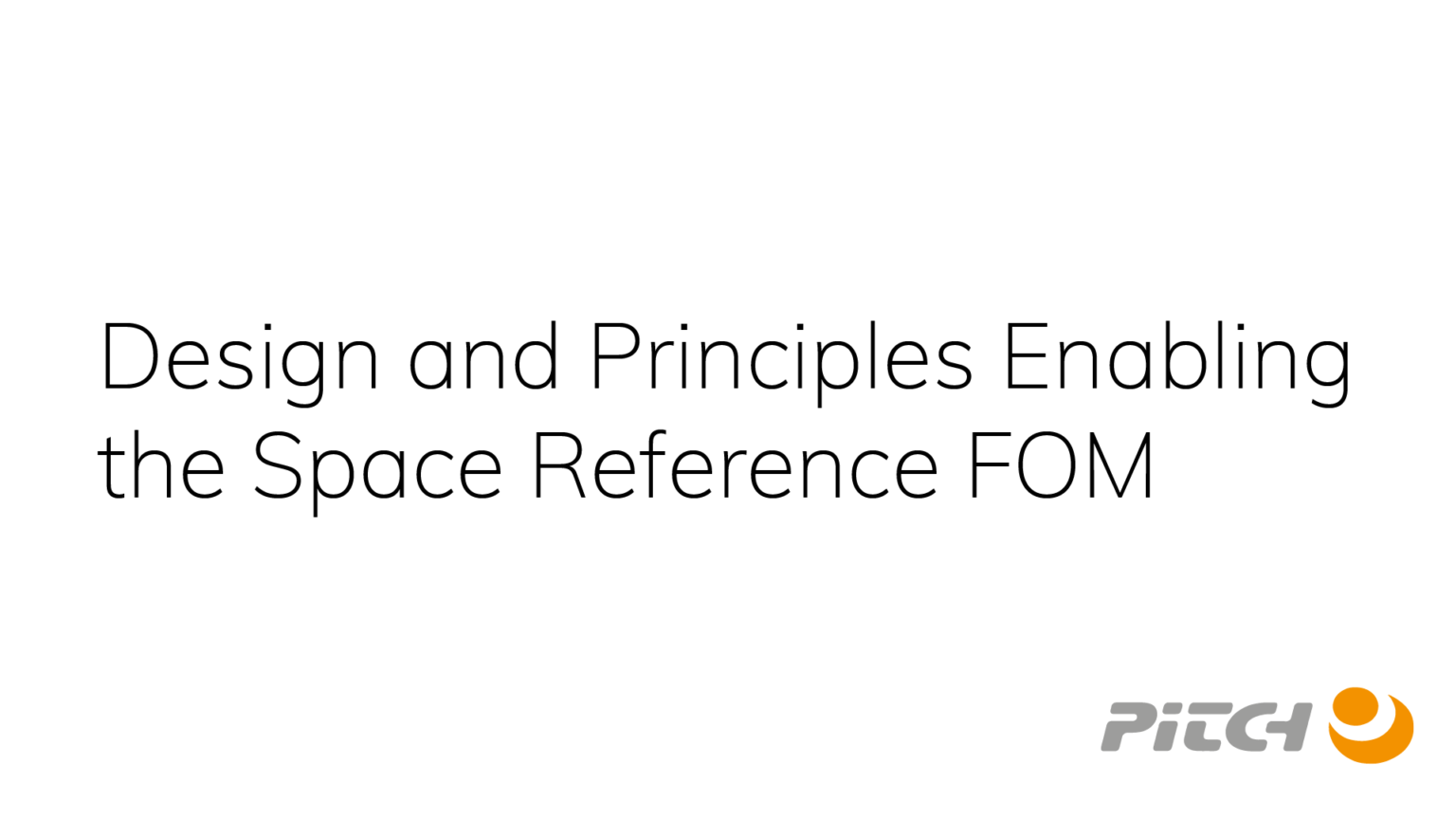SISO SIWzie award winner
ABSTRACT: A first complete draft of the Simulation Interoperability Standards Organization (SISO) Space Reference Federation Object Model (FOM) has now been produced. This paper provides some insights into its capabilities and discusses the opportunity for reuse in other domains.
The focus of this first version of the standard is execution control, time management and coordinate systems, wellknown reference frames, as well as some basic support for physical entities. The biggest part of the execution control is the coordinated start-up process. This process contains a number of steps, including checking of required federates,
handling of early versus late joiners, sharing of federation wide configuration data and multi-phase initialization. An additional part of Execution Control is the coordinated and synchronized transition between Run mode, Freeze mode and Shutdown. For time management, several time lines are defined, including real-time, scenario time, High Level Architecture (HLA) logical time and physical time. A strategy for mixing simulations that use different time steps is introduced, as well as an approach for finding common boundaries for fully synchronized freeze.
For describing spatial information, a mechanism with a set of reference frames is specified. Each reference frame has a position and orientation related to a parent reference frame. This makes it possible for federates to perform calculations in reference frames that are convenient to them. An operation on the Moon can be performed using lunar coordinates whereas an operation on Earth can be performed using Earth coordinates. At the same time, coordinates in one reference frame have an unambiguous relationship to a coordinate in another reference frame. While the Space Reference FOM is originally being developed for Space operations, we believe that many parts of it can be reused for any simulation that has a focus on physical processes with one or more coordinate systems, and
require high fidelity and repeatability
Authors: Björn Möller, Edwin Z: Crues, Dan Dexter, Alfredo Garro, Michael Madden, Anton Skuratovskiy
Publication: Proceedings of 2018 Winter Simulation Interoperability Workshop, 18W-SIW-038, Simulation Interoperability Standards Organization, January 2018

